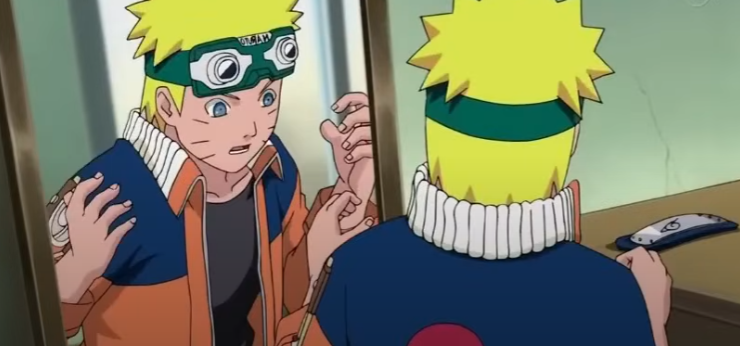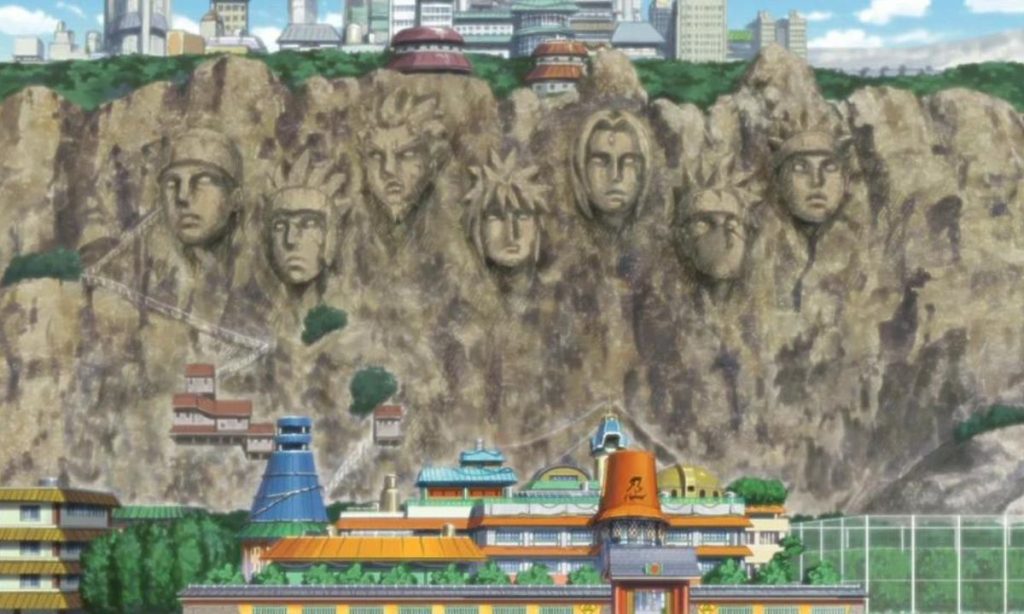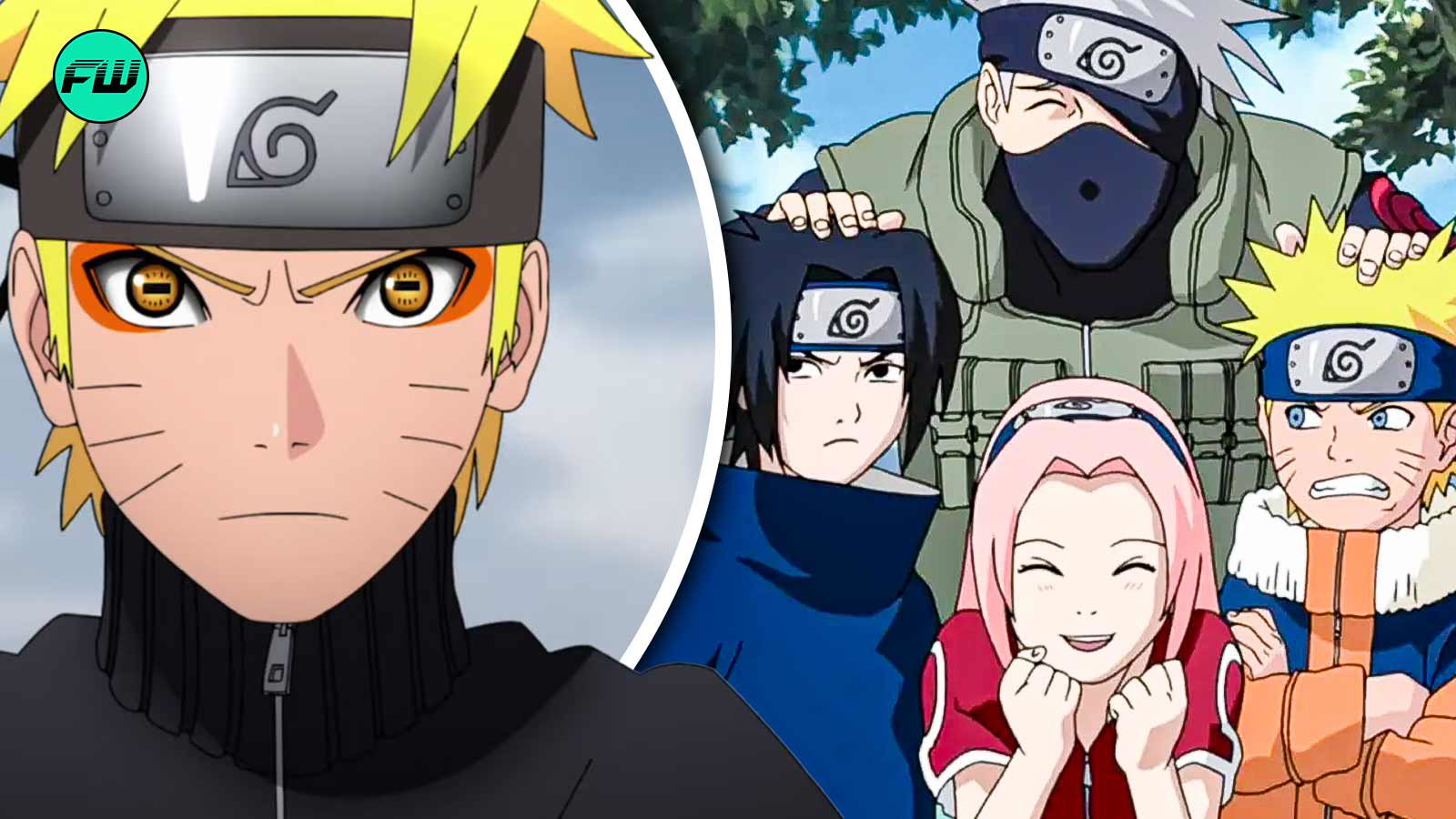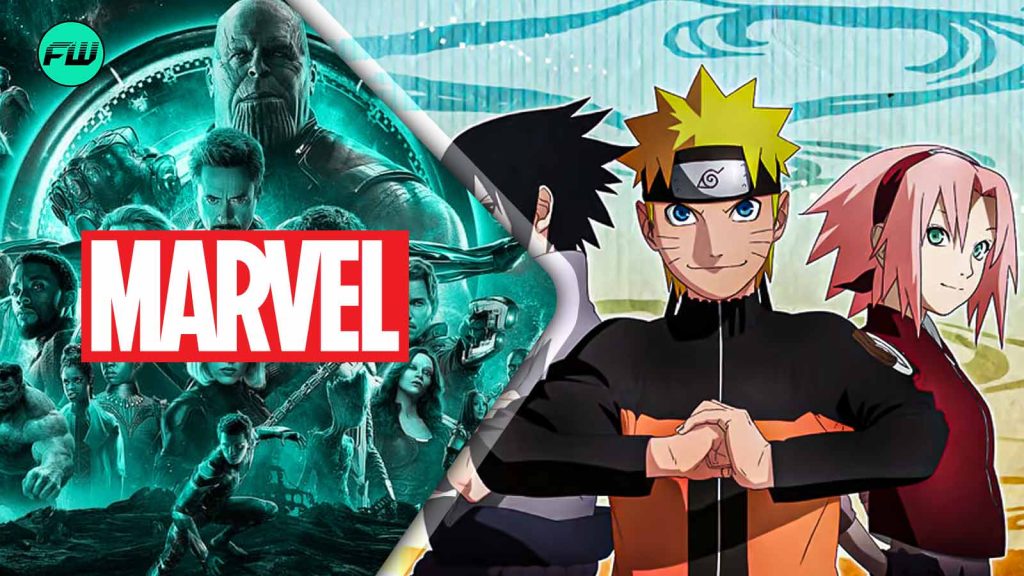Naruto is one of the most popular anime and the biggest anime franchise that has continued to be a cult classic among readers and viewers since 1999. With its blend of folklore along with a fusion of modern and traditional imagery, this anime remains popular and relevant to this date and continues to be an iconic stereotypical ninja story.

It’s been 22 years since the first episode of our beloved ninja series aired so let us look at how this ninja story isn’t a mainstream ninja anime and why the author didn’t want the audience to know the backdrop of this iconic anime.
Naruto is a blend of traditional and modern ninja universe
This iconic and legendary anime isn’t your run-of-the-mill ninja story and the author Masashi Kishimoto debunked the stereotypes associated with the representations of ninjas in popular culture. From electric poles and sandals to traditional houses and costumes, the anime blends elements from the past as well as the present beautifully.

Masashi Kishimoto revealed in a 2013 interview how he originally planned on including vending machines along with modern elements like electric poles and technology but refrained from doing so to maintain the ambiguity and enigmatic nature of the story.
It’s the same for the context. I didn’t wanted people to know where the story takes place. The ninjas wears vests with zippers. In other worlds, I purposely went far, far away from any ninja stereotype. I just gave them sandals to look like the straw shoes of the old times.
Furthermore, the anime also drew inspiration from several symbols and references from Kabuki, a traditional Japanese theatre form that often incorporates dancing as well as singing.
Unconventional ninjas in Naruto
The cliche associated with ninjas is that they stay hidden in the dark, camouflage themselves, maintain secrecy, are masked, and wear black clothes. However, this anime doesn’t cater to the cliche and makes sure that ninjas are seen and heard, loud and clear.

The hero’s clothes and his iconic orange color reflected his gung-ho personality and this is highly reflected similarly throughout the series with other characters like Sakura and Kakashi. The ninjas in the anime are made to stand out in terms of their personality and ambitions.
Besides, the character designs are made relatable and familiar at the same time. I mean, who would’ve thought we’d get to see a blonde-haired ninja in an anime?
What makes this anime iconic, legendary, and anything but stereotypical is the protagonist’s never-ending will and ambition to be acknowledged and respected. This is something that the author talked about while mentioning the process of character design and the backdrop of the anime :
Everyone want to be aknowledged, and me the first. That’s what I strived for when I started, and still is. I fight to be aknowledged by my peers. Because in the past, I wasn’t the one of the admired ones. This feeling I know so much, I think I managed to put in on paper.

Needless to say, even after 22 years, this beloved ninja story holds a special place in our hearts as we witnessed the character grow from an orphaned kid to a respected ninja in his village through his determination, will, and undying mojo. It’s the ability to tug at the reader’s as well as the viewer’s heartstrings, that makes it relatable for the readers to connect to the story.



